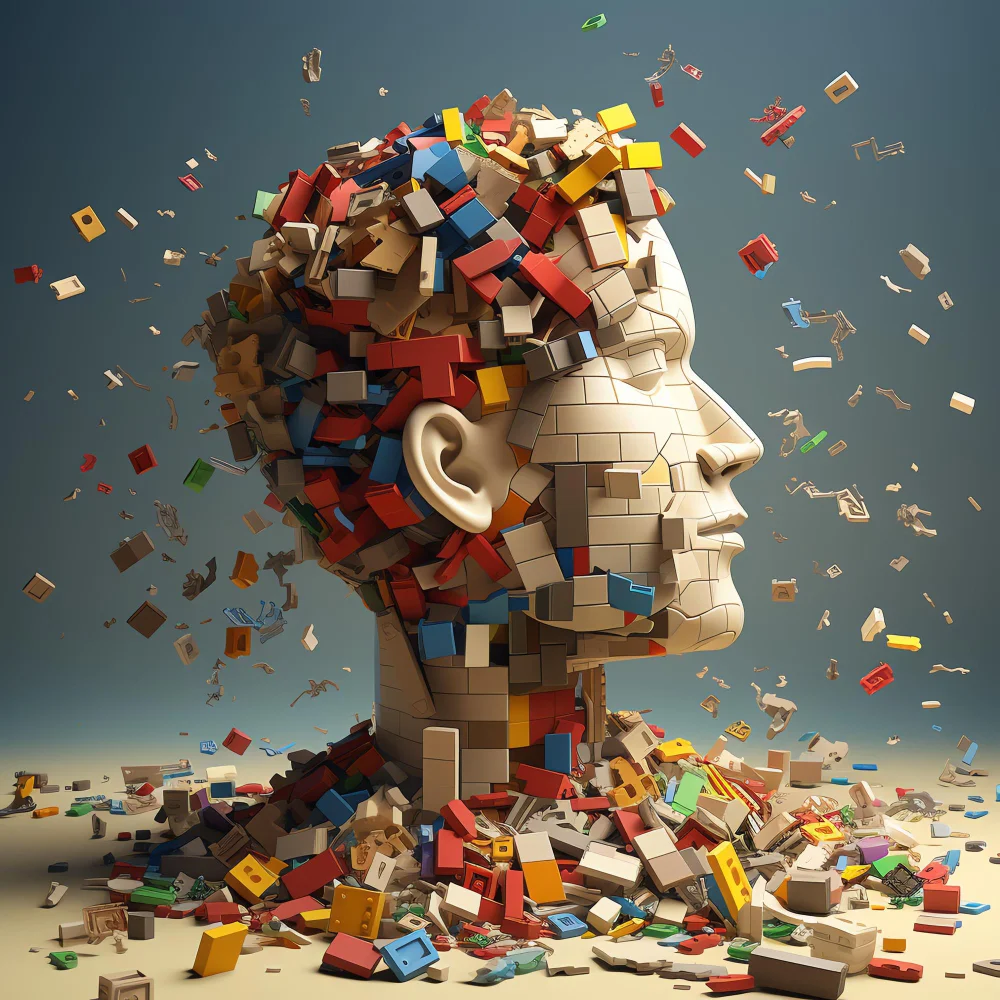Translation has always been more than a mere linguistic task; it is a bridge that connects cultures, ideas, and emotions across languages. Pöversätt is not just about words but about conveying the essence of the message. In this article, we will explore how translation has evolved, the technological advancements shaping the industry, the challenges that translators face, and the future trends that will continue to define the art of translation.
The History and Evolution of Translation
Translation dates back thousands of years, evolving from the early cuneiform and hieroglyphs to the digital age where machine translation tools are prevalent. In the ancient world, translation was essential for diplomacy, trade, and the exchange of knowledge, as empires and kingdoms sought to communicate across linguistic barriers. Early translations, like the Greek translation of the Hebrew Bible (the Septuagint), played a crucial role in bridging different cultures.
Over time, translation became more specialized. During the Renaissance, translators were responsible for bringing ancient Greek and Latin texts into modern European languages, shaping the intellectual and cultural development of the period. This era saw the emergence of the “art” of translation—an understanding that translation is not just about transferring words, but about conveying ideas, emotions, and contexts.
With the advent of technology, translation has entered a new phase. The pöversätt process, which once relied heavily on human intellect and cultural understanding, now involves sophisticated tools like machine translation and AI. These advancements have made translation faster and more efficient, but they still can’t match the subtleties of human translation, especially when dealing with complex cultural nuances.
Bridging Cultural Gaps Through Translation
One of the central themes in pöversätt is bridging cultural gaps. Language is more than just a system of symbols; it is deeply intertwined with culture, history, and identity. A translator must understand the source and target cultures to ensure the message is conveyed accurately.
For example, idiomatic expressions often don’t translate directly between languages. A phrase that makes perfect sense in one language may sound odd or even nonsensical in another. In these cases, a skilled translator must find equivalent expressions that preserve the original meaning and emotional tone. This is where the art of translation truly shines.
Cultural sensitivity is crucial in this process. Translators must navigate the complexities of cultural norms and values to avoid misinterpretations or offense. A translator working on a pöversätt project must be mindful of how certain words or phrases might be received differently by diverse audiences. For instance, humor, sarcasm, and even politeness vary widely across cultures, and the translator must adapt these elements accordingly.
The Role of Technology in Translation
Technology has radically changed the landscape of translation. The rise of machine translation (MT) and artificial intelligence (AI) tools has made it possible to translate vast amounts of text almost instantaneously. Platforms like Google Translate and DeepL have become indispensable for basic translations, helping people communicate across language barriers quickly.
However, despite these advances, pöversätt continues to require the human touch. Machine translations are improving, but they still struggle with complex sentence structures, idiomatic expressions, and cultural contexts. They can translate individual words or phrases accurately but often miss the nuances that give a text its full meaning.
This is where human translators are irreplaceable. While machines excel at processing large amounts of text, human translators bring emotional depth and understanding to their work. They interpret not only the words but also the intentions, feelings, and cultural contexts behind them.
The future of translation will likely see more collaboration between humans and machines. Tools like translation memory and neural machine translation (NMT) will assist human translators by providing suggestions and improving efficiency. But even with these tools, human expertise will remain essential for handling the intricacies of language.
The Importance of Accurate Translation in Legal and Medical Fields
In certain industries, such as law and medicine, the accuracy of translation is critical. A small error in translation could have serious legal or health consequences. For example, a mistranslation of a legal document could result in a lawsuit, while an incorrect medical translation could lead to dangerous misdiagnoses or treatment errors.
In these fields, pöversätt requires not only linguistic skills but also a deep understanding of specialized terminology and concepts. Translators working in legal or medical contexts often need to have advanced training in the specific subject matter to ensure the translation is accurate.
In legal translation, a translator might work on contracts, patents, or court documents, where precision is paramount. In the medical field, a translator might be tasked with interpreting patient information, drug instructions, or medical research papers. In both cases, even minor errors can have significant implications.
Challenges in Translation: The Balancing Act
While technology has made translation faster, it has also introduced new challenges. One of the most significant issues is contextual knowledge. Words often have different meanings depending on their context. A translator working on a pöversätt project must not only understand the linguistic meaning of a word but also the cultural and situational context in which it is used.
Maintaining tone and style is another challenge. Each language has its own ways of expressing emotions, humor, and politeness, and translating these elements accurately can be difficult. For instance, translating a piece of literature or poetry requires the translator to capture not just the meaning of the words, but also their rhythm, tone, and emotional depth.
Moreover, ambiguities in language can lead to confusion or misinterpretation. Some words or phrases are open to multiple interpretations, and the translator must choose the one that best fits the intended meaning of the source text. This is particularly challenging when working with languages that have different grammatical structures or ways of expressing ideas.
The Future of Translation: Trends to Watch
The world of translation is rapidly evolving, driven by advancements in AI and machine learning. As we look to the future, several trends are likely to shape the industry:
Increased Demand for Multilingual Content
With globalization continuing at a rapid pace, businesses and organizations are increasingly looking to reach diverse, multilingual audiences. This has led to a surge in demand for translations in multiple languages, making pöversätt a key part of global communication.
Collaboration Between Humans and Machines
As mentioned earlier, the future of translation will likely involve closer collaboration between humans and machines. While machines can handle the heavy lifting of translating simple content, humans will continue to provide the nuanced understanding required for complex or culturally sensitive material.
Focus on Localization
Localization goes beyond mere translation; it involves adapting content to meet the cultural, linguistic, and social expectations of a target audience. In the future, more companies will invest in localization to ensure their content resonates with local markets, making it more than just a pöversätt task.
Ethical Considerations in Translation
Translation is not just a technical task; it is also an ethical one. Translators must be aware of the power of language and how it shapes perceptions. The words chosen in a translation can influence how a culture or community is viewed by others. This ethical responsibility is particularly important when translating content related to politics, religion, or social issues.
For example, in translating a political speech, the translator must ensure that the tone and meaning of the original speech are preserved without inadvertently skewing the message to reflect personal biases or cultural misunderstandings. Similarly, in translating literature or historical documents, the translator must balance faithfulness to the original text with an understanding of the broader cultural context.
The Art of Translation
At its core, translation is both a technical skill and an art form. The best translators combine linguistic proficiency, cultural knowledge, and creativity to produce translations that are not only accurate but also beautiful. They convey not just the meaning of words but also the emotions, humor, and intentions behind them.
In pöversätt, the goal is not just to translate text but to make it come alive in another language. Whether it’s literature, marketing materials, or legal documents, translation is about making connections between people, cultures, and ideas.
Conclusion: The Future of Translation
As the world becomes more interconnected, the role of translation will continue to evolve. With technological advancements in machine translation and AI, the pöversätt process will become faster and more efficient. However, human expertise will remain essential for capturing the cultural nuances and emotional depth that machines cannot replicate. Whether it’s for business, education, or global diplomacy, the art of translation will remain a vital bridge between cultures, helping to foster understanding and communication in our increasingly globalized world.


